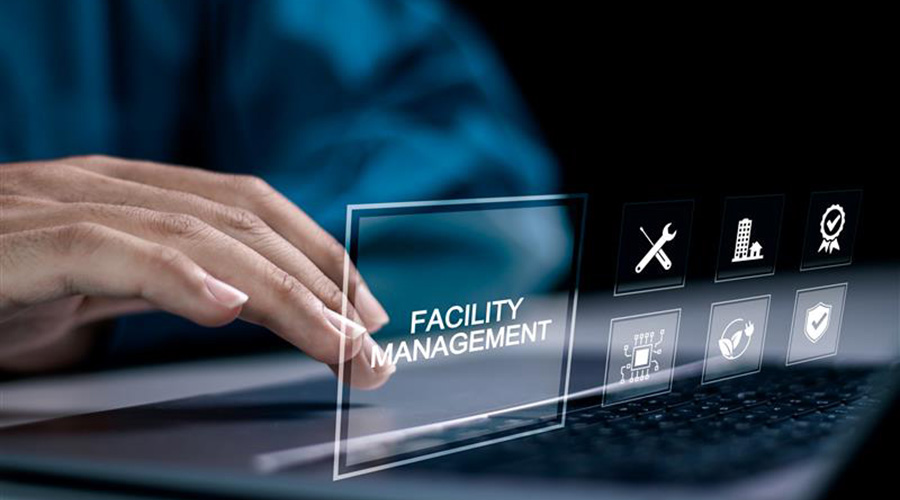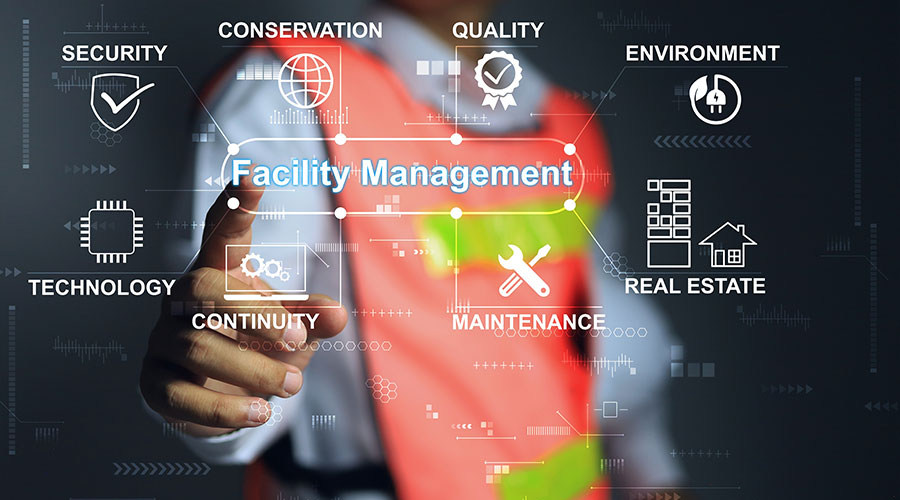Hard Numbers
 One point that the attacks of Sept. 11 have made clear is that buildings are essentially public places, which exist so people will go there. That’s a social reality, an architectural truism and an economic fact.
One point that the attacks of Sept. 11 have made clear is that buildings are essentially public places, which exist so people will go there. That’s a social reality, an architectural truism and an economic fact.
One architectural question has been prominent in discussions about responses to terrorism: Do we want to turn buildings into bunkers? For most people, that question answers itself: No, we don’t.
The economics of private-sector public places will pose harder questions. These public places bring economic benefits to their owners. If people are afraid to come to a public place, that place loses value. So how much can the owners of these public places afford to spend? How much ought they to spend? Whose decision should it be?
The free market doesn’t do a good job with questions like those. Waiting until so much economic damage has been done to public places that owners have no financial alternative but to act is waiting too long. People have a need for public spaces; what’s more, people are resilient in the face of danger. It would take a horrific series of deadly attacks to drive them away.
Ownership of public spaces brings a social responsibility to look far beyond the bottom line. That doesn’t mean wasting money on useless or even counterproductive measures. It does mean taking very seriously the phrase, “the common good.”
The next few years will see a parade of proposals to improve life safety and security. The more owners are seen as dragging their feet — by opposing measures to strengthen buildings without either offering a convincing argument against the measures or proposing an equally effective alternative — the less the final decisions will be theirs. Not an easy position, but it goes with the turf.
Related Topics:








 One point that the attacks of Sept. 11 have made clear is that buildings are essentially public places, which exist so people will go there. That’s a social reality, an architectural truism and an economic fact.
One point that the attacks of Sept. 11 have made clear is that buildings are essentially public places, which exist so people will go there. That’s a social reality, an architectural truism and an economic fact.



